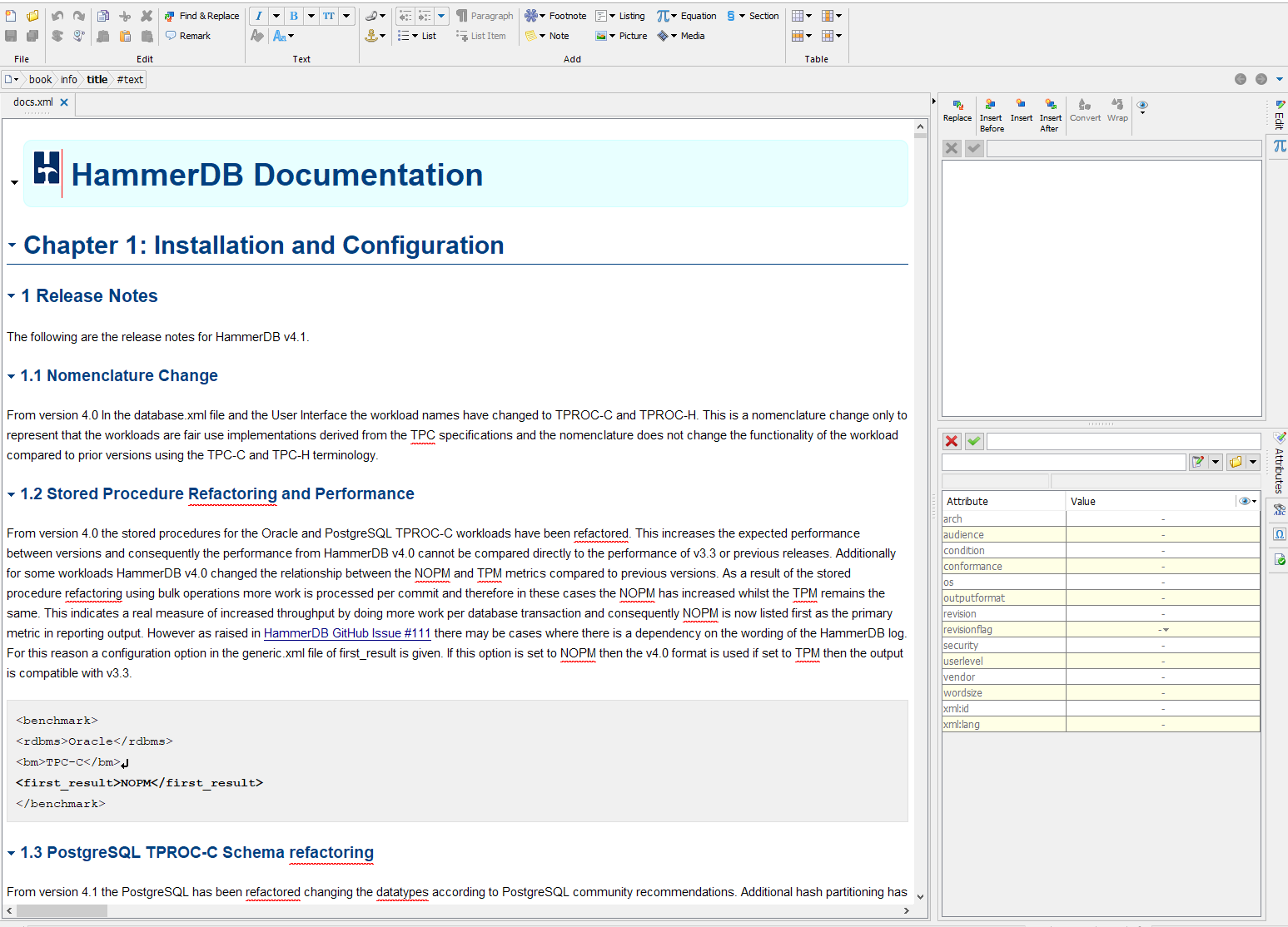So the HammerDB project is open source. That shouldn’t come as too much of a surprise. When you install it you accept the license agreement and once installed there is a file called LICENSE headed GNU GENERAL PUBLIC LICENSE Version 3, 29 June 2007 – so you know that the code is open source under GPLv3.
It is rare these days for people downloading and using open source not to have awareness of open source etiquette and responsibilities. We all know by now that ‘Free’ software means free as in freedom and by taking you also take the responsibility to give according to your ability. This doesn’t mean that if you are not an expert programmer or developer you have nothing to contribute. To the contrary everyone downloading and using HammerDB can at a minimum contribute to Issues and Discussions on the HammerDB GitHub site or by publishing performance results.
For example if you find a bug and then create an Issue this start the conversation of what needs to be done to make the software better for everyone. On the other hand if you don’t interact or only tweet or blog about bugs then that doesn’t make the software better either for you or anyone else. Even better practice is creating an Issue and then the Pull Request to resolve it, here is just one example of good practice that typifies the open source approach.
GitHub User sravanigomatam raised the Issue Add limit clause to query10 for TPC-H Oracle #172 this correctly identified that HammerDB was missing the limit clauses in one of the TPC-H queries for Oracle that meant that this query took longer than it should. Further investigation showed that more queries were impacted by the same issue. sravanigomatam then created the Pull Request Add limit clause to TPC-H Oracle queries #186 to resolve the Issue. This fix was included in the release HammerDB v4.1 for everyone’s benefit.
If you don’t have the skills to do the Pull Request just raising an Issue you have identified can be a way to contribute to the project. Similarly, if you have a question GitHub discussions is the best place to ask HammerDB related questions to receive an informed answer. Even better is answering questions on GitHub discussions can be a way to provide your unique insights to the HammerDB community.
And if you don’t have the skills right now for Pull Requests or answering questions then everyone can contribute Ideas through Issues and Discussions or share their performance results. Of course the best way to see your idea included in HammerDB is to improve those development skills and do the Pull Request but even if you can’t then all new features start as an idea.
But what about documentation? Many open source users can be unaware that most open source project documentation is open source as well. This means you have the freedom to contribute to the documentation as well. If you feel that open source documentation is insufficient then this is a great opportunity for you to give back and improve it without programming skills.
In the case of HammerDB the documentation is published under the GNU Free Documentation License. HammerDB documentation is written in Docbook format meaning anyone can edit the documentation and submit their changes via a GitHub Pull Request to the HammerDB project.
To get started go to the HammerDB project under the Docbook directory. Here you will find a docs.xml file containing the documentation in Docbook v5.1 standard and the images included in the HammerDB documentation. If you clone or download the project you will already have a copy of the documentation and images that you need to start editing.
There are many Docbook editors that you can use to edit the documentation such as XMLmind Personal Edition that is free to use for open source projects. Using XMLmind as an example we have downloaded a ZIP copy of the HammerDB project extracted it and navigated to the Docbook directory. There we can open the docs.xml file and begin writing documentation.
When you have added to the docs.xml file save the contents not forgetting to include any new images in the images directory and submit a Pull Request with your changes. Once reviewed these can be converted to HTML by HammerDB and uploaded to the HammerDB website for everyone to benefit from your insights.
So if you find HammerDB useful whether writing code, raising and resolving issues, answering questions, submitting ideas or writing documentation remember that open source like any community thrives on what you give back keeping software Free for everyone’s benefit.



